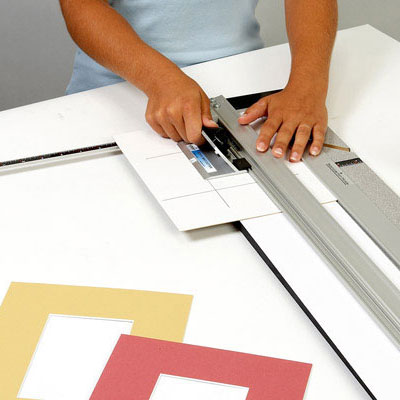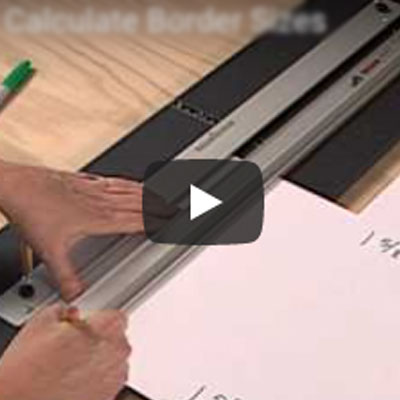Wet mounting is the oldest method of permanently adhering paper or fabric to a substrate (backing board). In wet mounting, a wet paste is used in a technique similar to wallpapering. The paste is applied to the substrate, the back of the print is dampened, the two are put together, and pressure is applied until the piece is dry. Because the wet process expands the paper art to its maximum size, this mount is very strong and will stay flat. Wallpaper paste makes a good adhesive. Since it is made to permanently hold heavy paper flat to a wall, even in high humidity, it is plenty strong enough to provide a secure mount for paper. Do not use rubber cement, or white glues.
THE PROCESS
Supplies:
• a small soft roller (2'') or wide stiff brush
• paste
• scrap of glass
• clean sponge
1. Place some paste on the scrap of glass. This helps the roller pick up an even amount of paste.
2. Mist or sponge water on the back of the print; this expands the paper.
3. Apply paste to the backing board, as thinly and evenly as possible.
4. Cover the face of the print with clean paper. Set the print on the wet pasted substrate. With the face cover in place to protect the print, begin to smooth the print, starting from the middle outward using a hand or a soft rubber brayer.
5. Let dry under pressure for 6–8 hours. A piece of glass or metal plates will do. If a mistake is made, begin to dampen slightly at the edge with a sponge and lift gently, then reapply. Be careful—wet paper tears easily.












